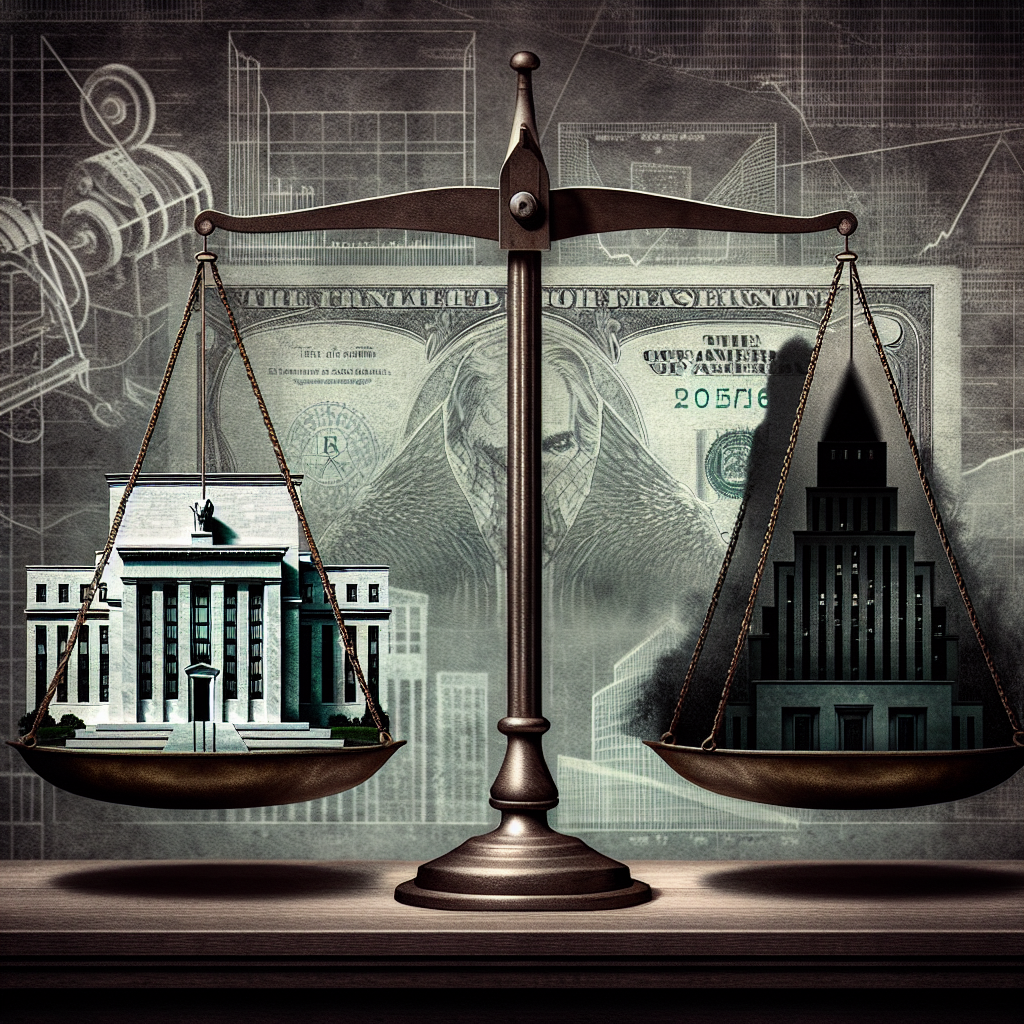The debate surrounding whether the Federal Reserve is a private or public organization often ignites strong emotions among readers. Critics argue that the private nature of the Fed is problematic, while proponents of the institution rarely clarify the implications of its ownership structure. The essential question emerges: does it truly matter whether a central bank operates as a public or private entity? Historical context suggests that it does not. The case of Europe illustrates that both public and private central banks, such as the Bank of England and the Bank of France, have historically been influenced by state interests, making the distinction between public and private somewhat irrelevant in terms of functionality. Therefore, one must consider whether the Federal Reserve, characterized as private, operates any differently in practice than these nationalized central banks.
Determining if a central bank is private depends on the ownership structure, yet in modern economies, this delineation can become ambiguous. Generally, a central bank is labeled private if its stakeholders are not government entities. However, ownership does not always confer control. The so-called private central banks often find themselves beholden to governmental policymaking, limiting the effectiveness of their autonomy. This is true for the Federal Reserve as well, where the de facto influence is vested in governmental bodies and the political apparatus rather than the nominal shareholders. Thus, while the Federal Reserve’s structure is technically more private than that of other central banks, the actual governance is profoundly intertwined with public authorities.
Examining the operational history of supposed private central banks reveals them often functioned as extensions of the state rather than independent entities. The Bank of England and the Bank of France, despite being privately owned, were established to fulfill governmental needs—particularly for war financing. The Bank of England, for example, was created when state credit was low, primarily to fund military endeavors. This pattern resonates with the historical experience of the Federal Reserve, which, upon the U.S.’s entry into World War I, became a critical apparatus to finance government bonds. Hence, while the Federal Reserve is considered private, its historical role aligns closely with that of state-owned central banks in that both serve the financial interests of their respective governments during crises.
The notion of whether private central banks can operate independently from state influence remains contested among scholars. Evidence shows that the established independent character of central banks does not necessarily lead to a divergence from state priorities. Throughout historical conflicts, both the Bank of England and Bank of France exhibited a consistent willingness to adopt policies conducive to state objectives, often guided more by the necessity of war finance than by traditional economic stability goals. Ironically, the advent of private central banks was primarily motivated by the need for effective financing mechanisms for government-led military operations and agendas.
As the Federal Reserve took root within the public’s consciousness, the prevailing idea of independence surfaced. This conception has led many to assume that private entities possess a certain rigidity against political intervention that public institutions do not. Nevertheless, real-world practices suggest that the Fed often prioritizes the political demands of the state, thus shattering the illusion of its operational independence. If the Federal Reserve were entirely public, its actions might not differ significantly from its current operations. The Fed’s policies appear largely influenced by governmental needs rather than any genuine commitment to free-market principles or improvised independence.
The ongoing debate about the definitions of public and private banking systems underscores the complexities surrounding central banks. Political influence over monetary policy transcends ownership structures, and historical precedence affirms that central banks predominantly operate under governmental directives irrespective of their stated ownership status. The argument frequently posited—that a private central bank is inherently detrimental to market mechanisms—fails to consider that even nationalized banks often serve similar purposes and provide comparable results in financial practice. The question of whether central banks are public or private, thus, becomes somewhat paradoxical, as the realities of their roles blend the lines between ownership and control. Ultimately, understanding the components that shape a central bank’s policies and priorities is paramount in navigating discussions about their governance and influence on national economies.

